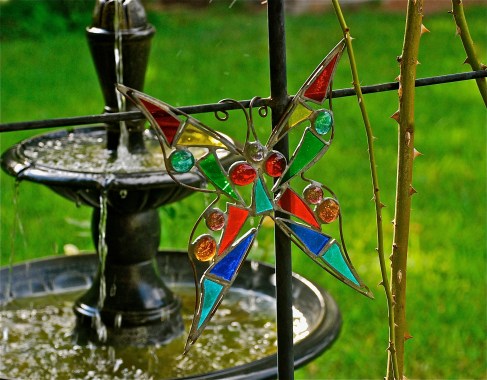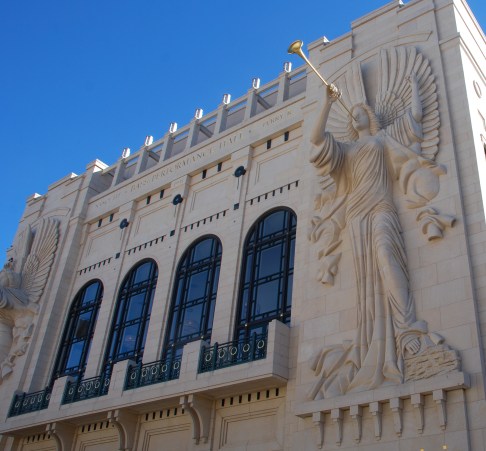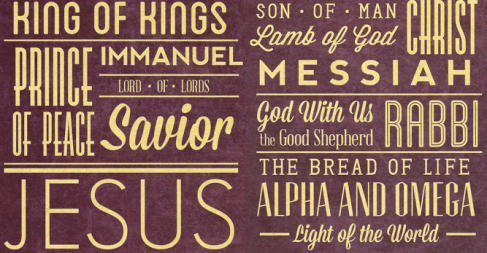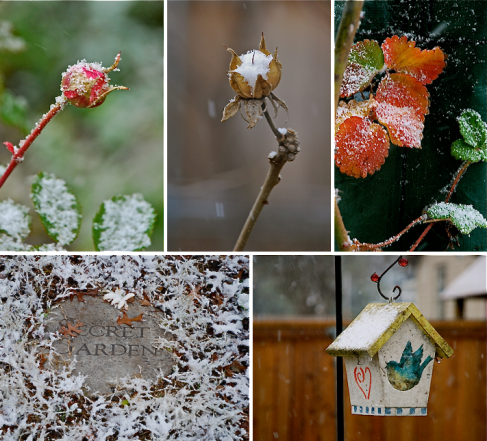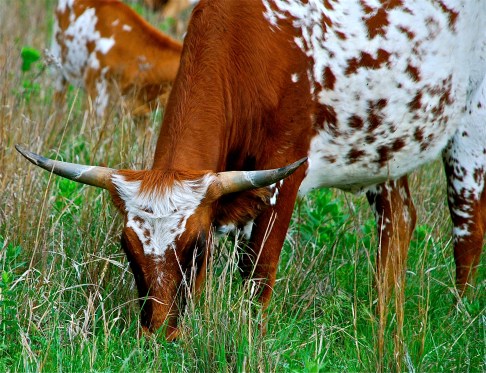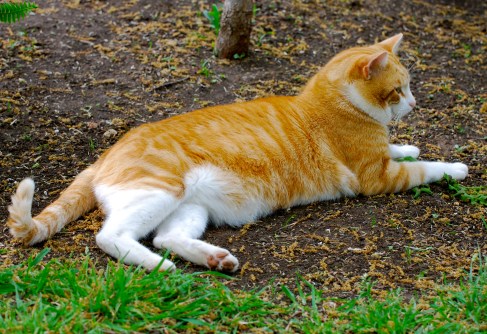There’s music in the sighing of a reed;
There’s music in the gushing of a rill;
There’s music in all things, if men had ears:
Their earth is but an echo of the spheres.
~Lord Byron
What is it in the sounds of nature that captivates so many of us? Why do they, the wind and water and all the other sounds, inspire us to sit and listen and watch and wait? Is it something that appeals to us on an intellectual level? Or is it something that touches a secret nerve deep down inside? And after listening to elemental sounds, what is it that encourages some to create music or art or literature in order to replicate or mimic the sounds? Can we simply not just be satisfied to enjoy what nature offers our senses? No, because there is an unquenchable “fire in the human belly” to create. Why, because we are all made in the image of a creative God; something in our DNA, in every cell of our body, every fiber of our being, every drop of our life blood sparks an urge to create whether we recognize it or act upon it or not.
Some I’ve talked to say they create to keep cherished things close at hand or to be reminded of them frequently. Others say inner voices encourage them to give life to their creative urges. Then there are those who tell me they aren’t sure why they feel compelled to paint or write or play music; they just do. I have heard some say that their lives are so richly blessed that they want to give something beautiful back, not unlike the child who draws “pretty” pictures or plays a happy tune for his/her mother. For lots of folks it may be an attempt at immortality. I personally think it’s because of that “still, small voice” who says, “by rummaging around in your souls the Holy Presence you sense will be found.” But regardless of what leads anyone down the creative path, we, the admirer’s of their talent, should be “grateful to people who make us happy” or enlighten us in some way for as Marcel Proust put it, “they are the charming gardeners who make our souls blossom.” And in the anointed blossoming of souls, whether it be that of the creator or that of the charmed beneficiary, much is revealed about life, its Maker, and its sacred intent.

